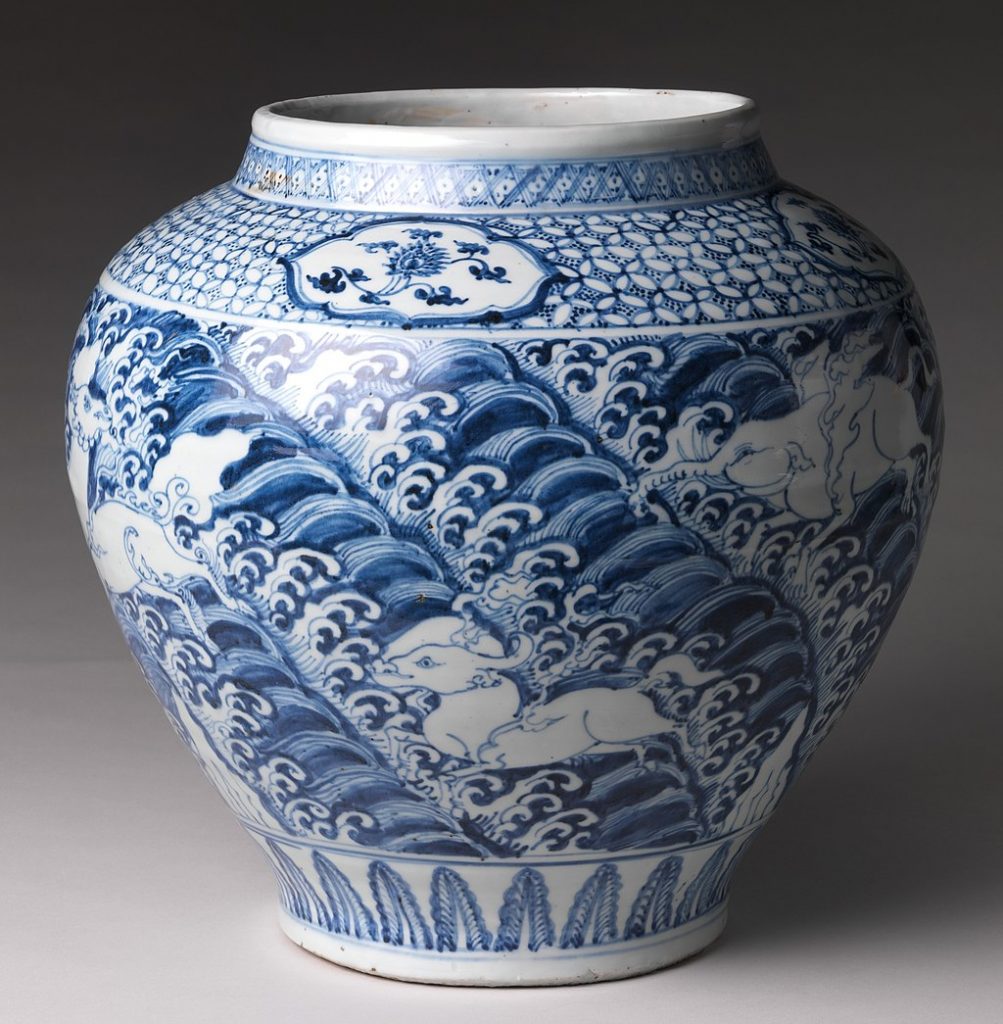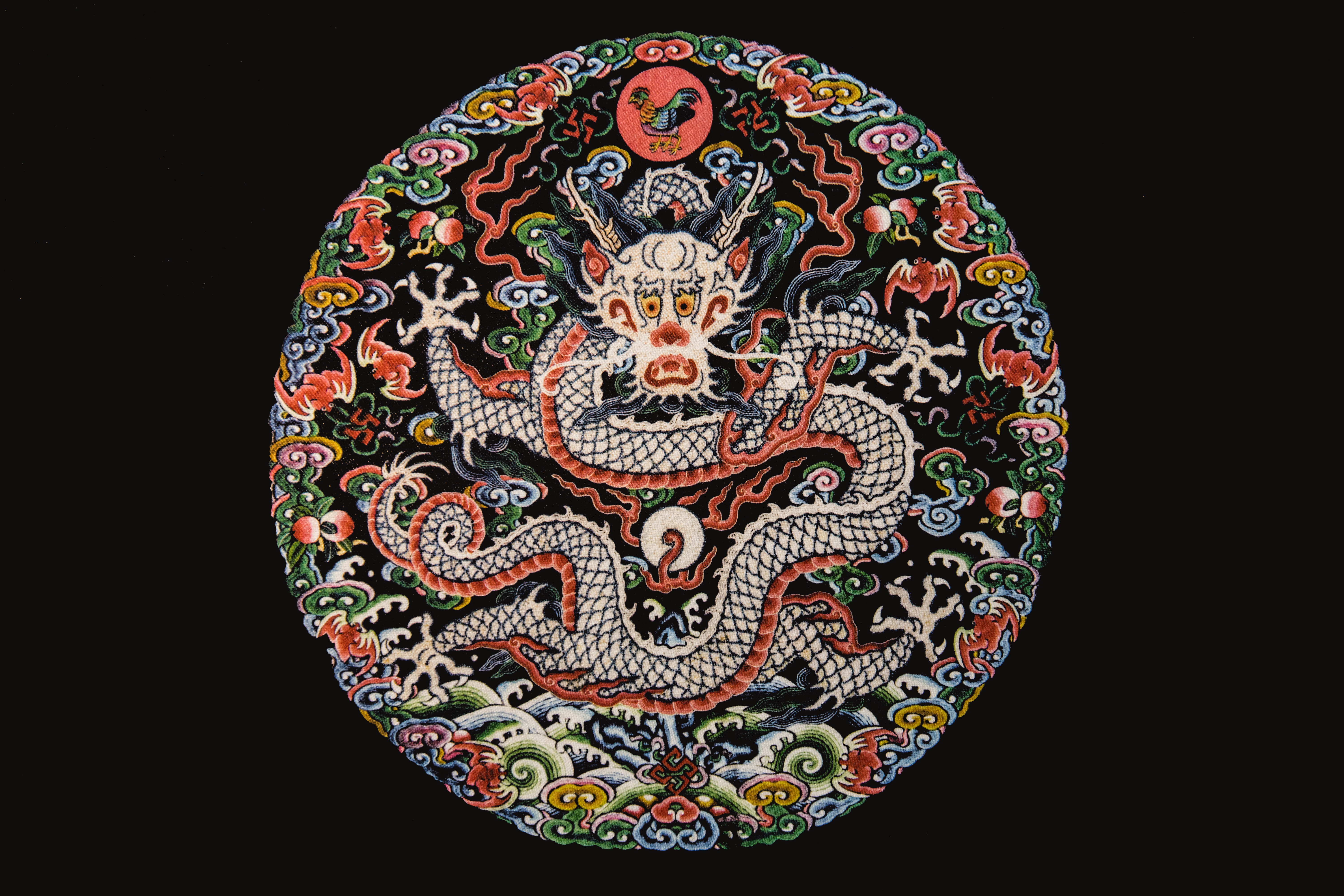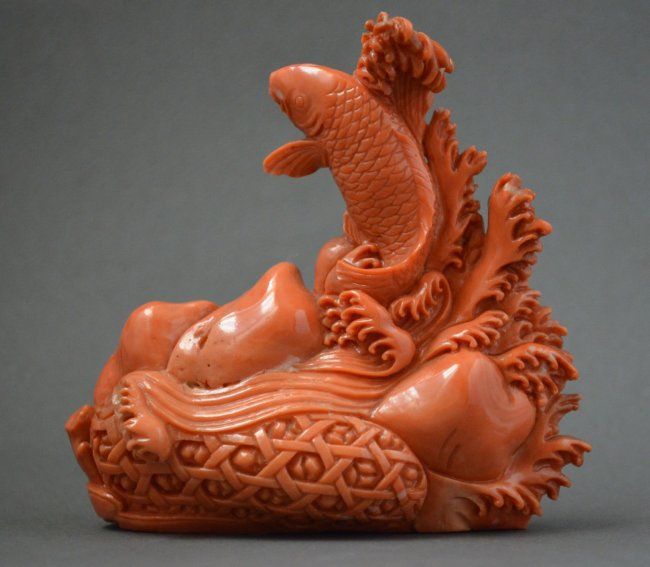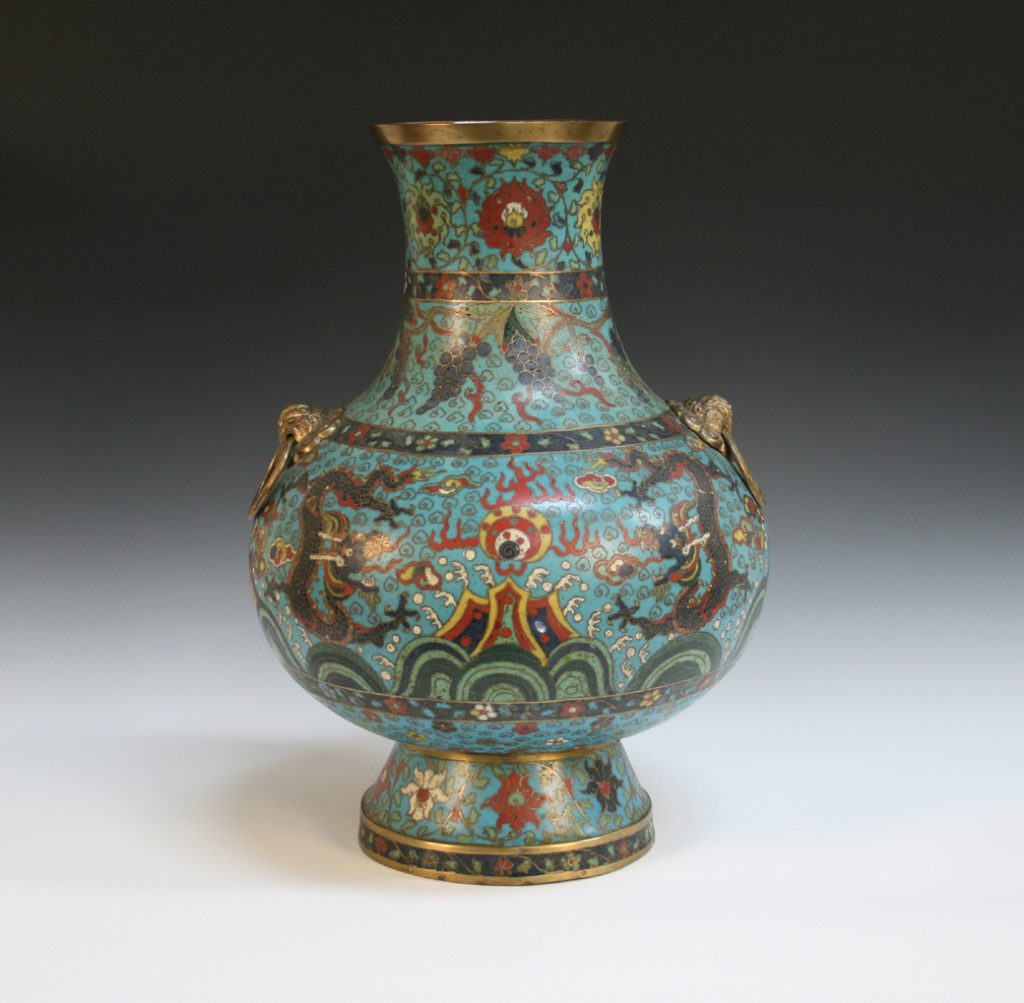Chinese Antiques Long Island
The Chinese antiques are the artifacts and art pieces that belong to the ancient Chinese civilization. These antiques are found in different parts of China, but the most famous antique marketplace is held in Beijing. The Chinese antiques are broadly divided into two categories. One is the religious and ceremonial objects, which include items like Buddhist statues, bronze ware and religious books. The other category consists of decorative items, which include figurines and ornamental pieces.
Antiques have long been known as objects of value. They are a sign of prestige and status, a family heirloom passed down for generations. In the present day, antiques continue to be highly sought after by collectors, investors and anyone who wants an item that’s truly unique to them.
The Disappearance of Chinese Antique Furniture
During the early 1960s, China went through a series of political and social changes. The Cultural Revolution was a movement led by Mao Zedong to completely abolish old Chinese traditions and cultures. During this time, many historical treasures were destroyed as a result of the revolution.
What was not destroyed by the Red Guards was often seized and confiscated by the government. Many of these antiques were destroyed or scattered all over the country when the Cultural Revolution ended. Suddenly, one could find a Ming dynasty table serving as a chopping block for a farmer in a rural village. The Cultural Revolution jump-started the scarcity of Chinese antiques.

The Cultural Revolution in China was a time of madness, chaos, and destruction. Despite this, the years of destruction could not destroy thousands of years of Chinese history, culture, and art. There was a large amount of antique furniture on the market throughout the 1980s, 90s, and even into the early 2000s; however, there is only a limited amount of genuine antique furniture.
Chinese Porcelain
The Yuan dynasty was the period in China when it was under Mongol rule. In this time, underglaze blue porcelain replaced celadon as the most favored export ceramics. This shifted the importance of exporting kilns to Jingdezhen*, where blue and white wares were produced. The city became a major porcelain production center.

The shift to manufacturing in a single kiln, followed by the widespread use of gas kilns, had a great effect on celadon and monochrome wares. In the past, these were made using huge kiln systems, each consisting of dozens or even hundreds of individual kilns spread over large areas. This type of production declined as demand for blue and white porcelain increased
*The Longquan kiln system was the most important and influential in the later Tang dynasty and Northern Song dynasty. The kiln system is a large-scale production facility that produces porcelain wares, including bowls and vases.
In the early records, it is mentioned that the Mongols preferred metal table wares over porcelain. It is assumed that most of the blue and white porcelain was produced for export. Porcelain exports from China to Europe and America shifted in the 1800s as trade intensified. In the past, much of these porcelains were for exporting, but as time went on, most of them were for domestic use.
Chinese Jade & Nephrites
According to the Chinese, jade embodies the five virtues. Jade embodies the forces of nature and the universe, which are believed to be transcendental qualities. Through this precious stone’s power, the ancient Chinese sought protection and everlasting life. Because of this belief, jade in Han dynasty 206 B.C.-220 A.D. was a vital element in burial rituals
Jadeite and nephrite are two types of jade that are found naturally. Nephrite is typically a shiny, emerald green color whereas jadeite appears sandy and dull in color. The need for human touch for these stones to be polished is important to collectors of the stones.
Chinese Cloisonné
Cloisonné is an ancient Chinese craft, dating back to the Han Dynasty (206 BC – 220 AD). The basic technique involves soldering colored enamel powder onto a metal or glass surface. Enamel powder is then melted and fused to the metal with a torch. The surface is then decorated with engraving or etching techniques, creating a white pattern on the black background of the enamel. The techniques for this process are very demanding, and endow cloisonné with its unique beauty. Cloisonné has been used in China for over 2,000 years.

The cloisonné technique was used as a way to decorate pottery. The process involves putting colored glass into small round boxes in the design of a pattern, encasing it in glass, then firing the boxes to fuse them together. It takes a long time to create an item using this method, but the result is beautiful art that is different in each piece. A great aspect of the cloisonné process is that it can be used on nearly anything, including glass and metal. However, it’s most commonly seen on ceramics.
Carved Red Coral
Carved Red Coral is a type of coral that is polished and used as jewelry. This can be worn in the form of necklaces, rings, or bracelets. It comes from the Mediterranean Sea, but it is also found along other areas such as the Atlantic and Pacific coasts of North America. The red color of this coral comes from carotenoids. The Chinese symbol for “coral” is a combination of the symbols for “red” and “bravery.” The red coral that has been carved into jewelry is believed to ward off evil spirits, cure fevers, and protect against danger. It is believed to bring good luck and long life. Coral can be found in the ocean surrounding Japan, Taiwan, China and France.

Gold Lacquer
The Chinese gold lacquer is a type of wood coating, which was first used in China. It is recognized as one of the most exquisite artworks, and it has been applied to all kinds of cultural relics.

It is produced by coating an object with several layers of clear lacquer, then decorating it with gold and other colors. The process involves many steps. First, the craftsman prepares the wooden object in a way that the wood fibers are visible; this is done so that the final product will have a look of wood grain which involves the processing of raw materials, such as lacquer, resin and pigment. Gold lacquer was invented many years ago in China. It is the most representative art work in ancient Chinese culture. The earliest record of gold lacquer was found in an ancient tomb dating back to Western Zhou dynasty (1046 AD)
Chinese Antiques Long Island
Here at Antiques Buyers, you can come in with your historical pieces and have our experts look at them. We perform all kinds of services such as, but not limited to: Antiques appraisals, furniture appraisals as well as painting appraisals. We have a wide network of Chinese antique dealers in New York City, seasoned experts and avid collectors. It would be our pleasure to assist you with all your questions concerning Asian antiques in New York City.
Head over to any of our locations and we would be more than happy to to help you.


